I Shot My African Safari on a $200 70-300mm Lens and Loved the Results
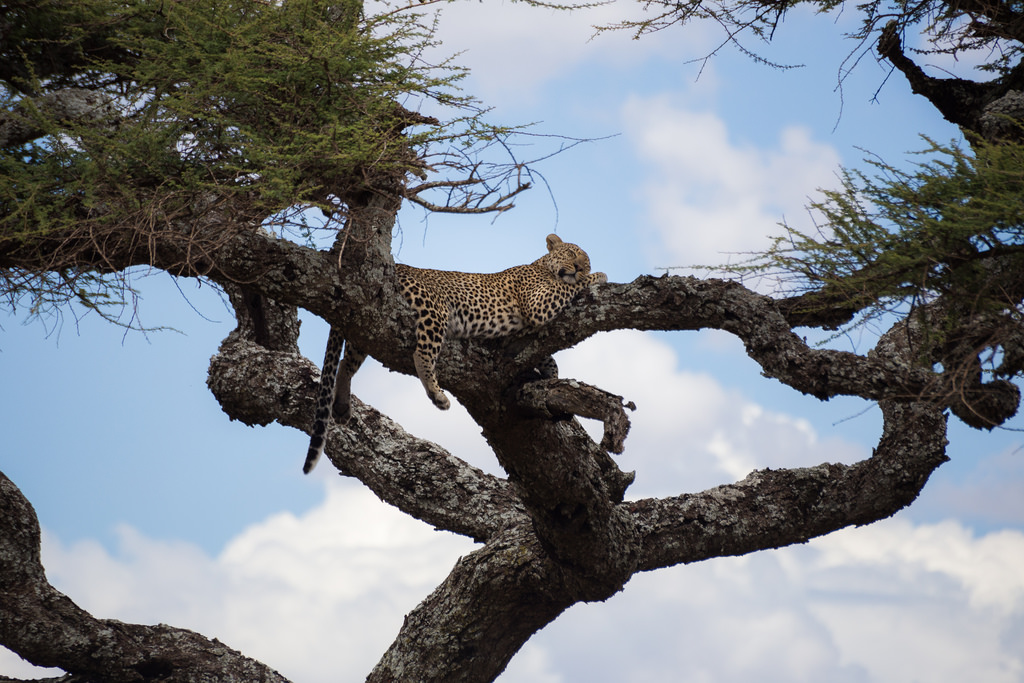
As I prepared for my nine day Tanzanian safari I languished in tormented indecision over what gear I needed for the trip. I had opted to splurge on the safari; not only because I had opted for the 9 day safari over the 7 day, but because I had also opted to have the vehicle entirely to myself as opposed to doing a shared experience or budget safari.
The logic was sound; Safaris’ aren’t cheap and it didn’t make sense for me to significantly reduce what i’d end up getting out of the experience in order to pay 1/2 the price. One of my primary goals for the trip was to spend as much time out on game drives as possible with the animals and to have maximum flexibility to practice and work on my photography.
The conundrum that arose was that while I had a Canon 6D and a Sigma 70-300 APO DG f4-5.6 lens, I lacked a) a prime lens and b) an extra long lens. The cheapest 100mm-400mm Sigma out there was about $500 used, which, roughly equated to about 1 day’s safari price. Ideally, based on what I had read and seen previously, I’d want at least that 400mm, potentially closer to a 600mm lens to really get good shots of the animals.
The magnify my indecision, when I did my first safari several years ago, I was still shooting on my Canon 600D using a Canon 55-250mm lens. The Canon 600D uses a crop sensor, which means you take the 55-250mm and magnify by 1.6x for actual reach of the lens making it an 88-400mm. My Canon 6D however was full frame, meaning that my 70-300 was just that: 70-300 and that if I didn’t upgrade my lens I’d be shooting the safari on a lens that actually had 100mm less reach than my previous trip.
I went back and forth on the price-reach-budget dilemma and pestered my partners for the safari endlessly with questions about what they believe is sufficient, if there were rental opportunities and everything in-between … even down to considering what the added weight of something like a 500mm lens would mean for the last 13 days of the trip as I backpacked through Zanzibar.
Ultimately? I decided that I couldn’t justify the added weight, expense, and that I’d already put myself in a much better position to get the shots I was hoping for by splurging on a private vehicle and the additional longer safari to give me more time out with the animals.
The result? I shot my 9 day safari through Tarangire National Park, Lake Natron, The Great Rift Valley, The Serengeti and Ngorongoro Crater on a $200, 300mm non-prime sigma lens and was absolutely happy with what I got. The true barrier I ran into was either the camera body or issues with my existing knowledge and mixed experience shooting wildlife.
The reality was that most of the animals that were doing something interesting were not only within range of my camera, but had a tendency to end up so close that I’d have struggled to change lenses or missed a lot of shots had I been shooting on something like the Sigma 150-600mm. There were exceptions of course and the most significant of these were my attempts to get a good shot of a leopard in tree branches. With four days in the Serengeti and the flexibility to take our time as well as my excellent guide, we saw at least one leopard a day.
Unfortunately, the trees where the leopard’s nap and store their kills do tend to be just outside the range I’d have liked from my 300mm and a very challenging shot due to the back-lit nature of the shot. I was able to capture most of these, but the shots were wider than I would have liked. It’s about the only time I really regretted not having the extra zoom and higher glass quality. Almost comically, my favorite leopard shots were taken in such close proximity to the animal that I was able to take several on my 17-40mm F4 lens.
Having watched the other safari vehicles, usually with groups of 4-10 people in them, I can see where if I had been on a more rushed itinerary and without the ability to choose where I wanted to be for my shots and/or had a lower quality guide, how a long zoom lens would help. As is, I think the photos from the trip speak for themselves. You’re welcome to thumb through my flickr Albums from the trip which will show you exactly what mm range each shot was taken.
So, should you skip that safari you’re dreaming of because you don’t have the right lens? Absolutely not. Do you need to spend $1,000-5,000 on a lens to get great shots? No. Looking for advice on how to pick the right safari company? Don’t miss my previous blog post.
If you are considering a safari, I’d highly suggest considering Tanzania and the Serengeti/Ngorongoro Crater park in particular. I’d also suggest the team at Fed Tours and Safaris who I partnered with for this trip. They’re a Tanzanian owned and operated company run by two brothers and they provided me with an absolutely spectacular safari experience. As part of our collaboration, I received a discounted rate in exchange for sharing my unfiltered/fully independent experience with them. If you are considering Tanzania, I do encourage you to research Fed Safaris and mention you’ve read about them here on VirtualWayfarer. They’ll make sure to take extra good care of you.
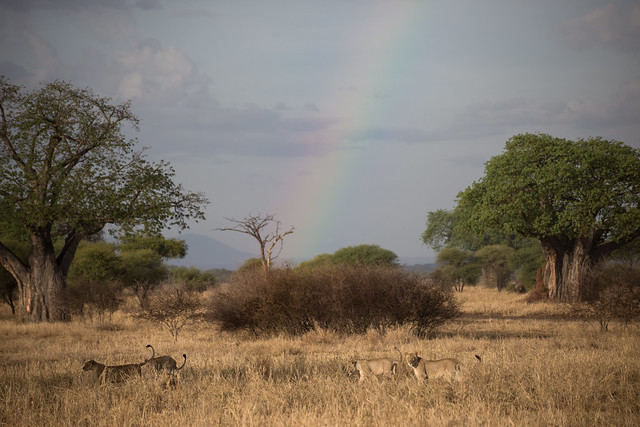
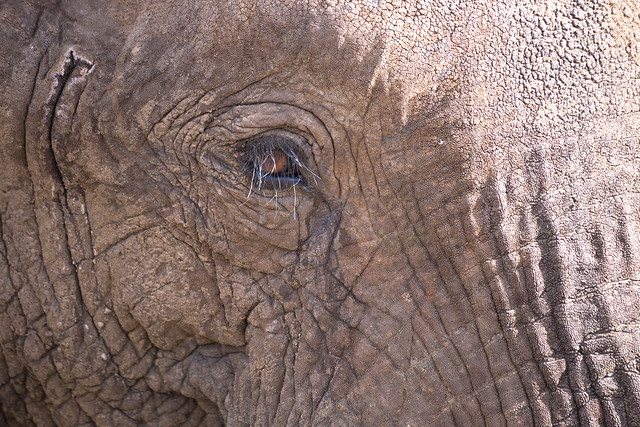
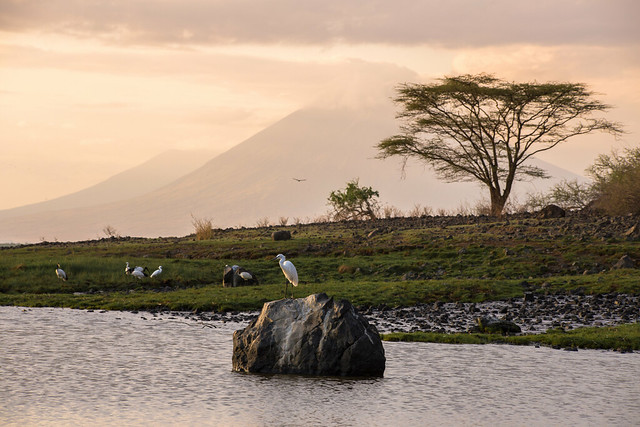

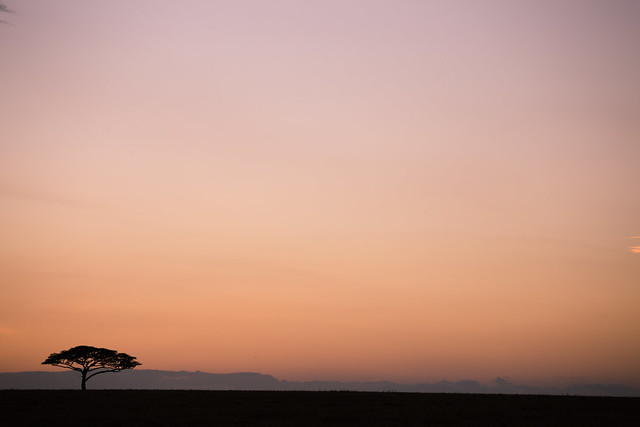
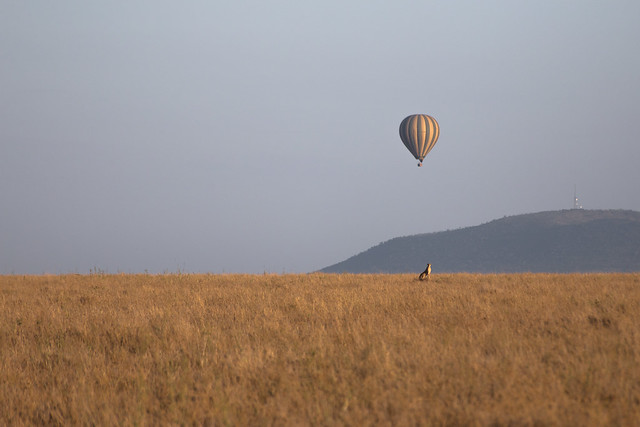
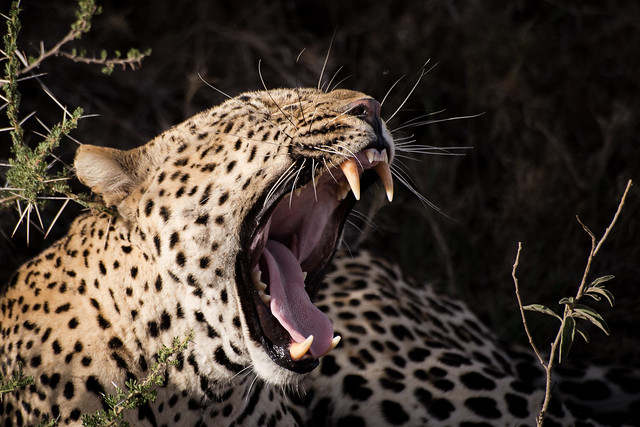

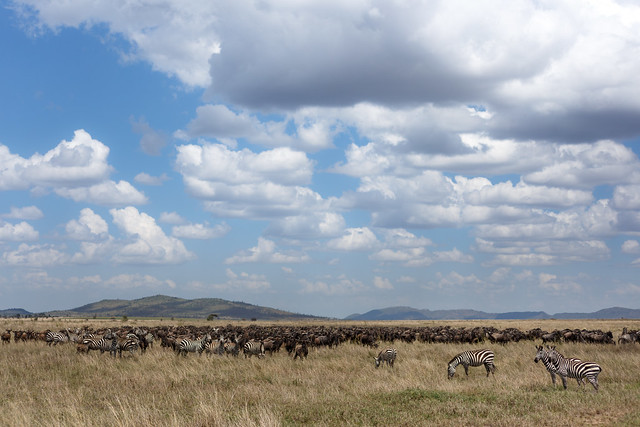

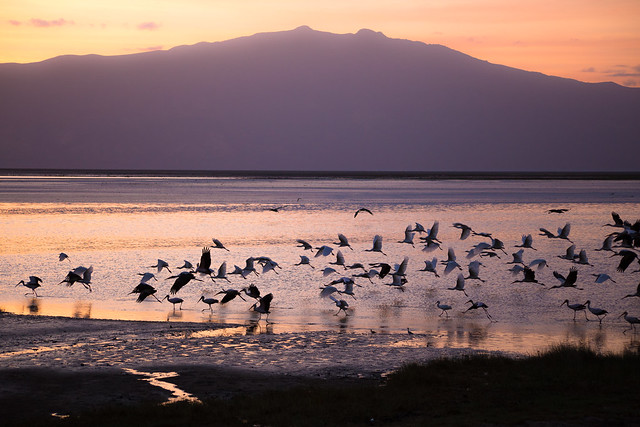
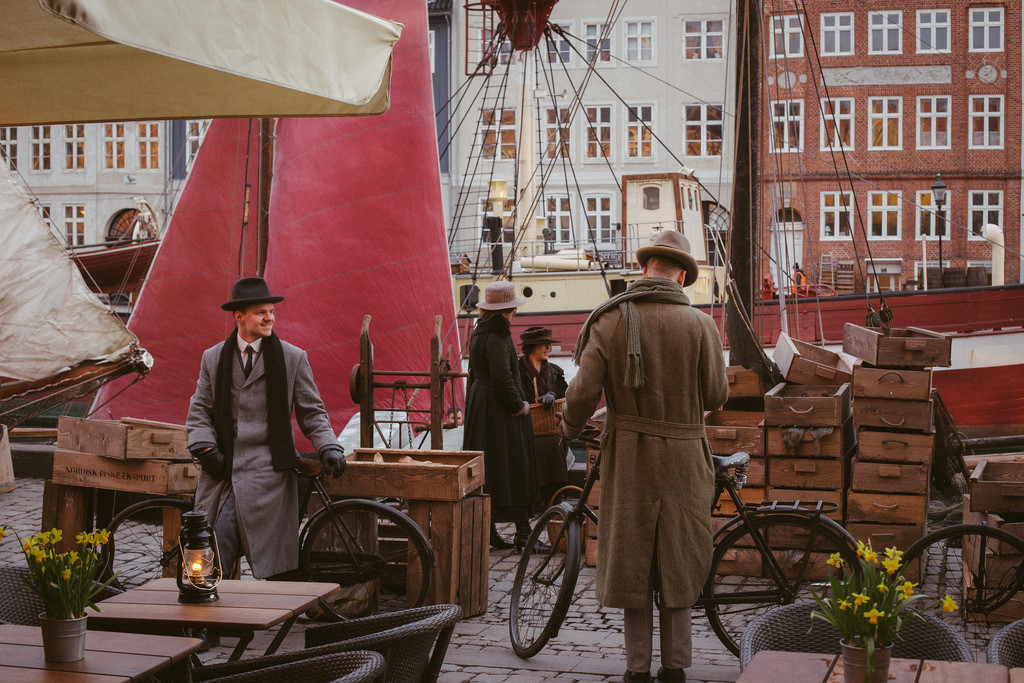
I’m sure there are experts out there who will say if you blow your photo’s up to 5′ x 5′ you will see some aberration along the edges, etc. For us mere mortals, your photos look awesome to me!
Perhaps indeed, though I crop in a bit on most shots anyhow. Appreciate the comment and the kind words!
Its breathtaking to watch your pics. Nice photography skills..